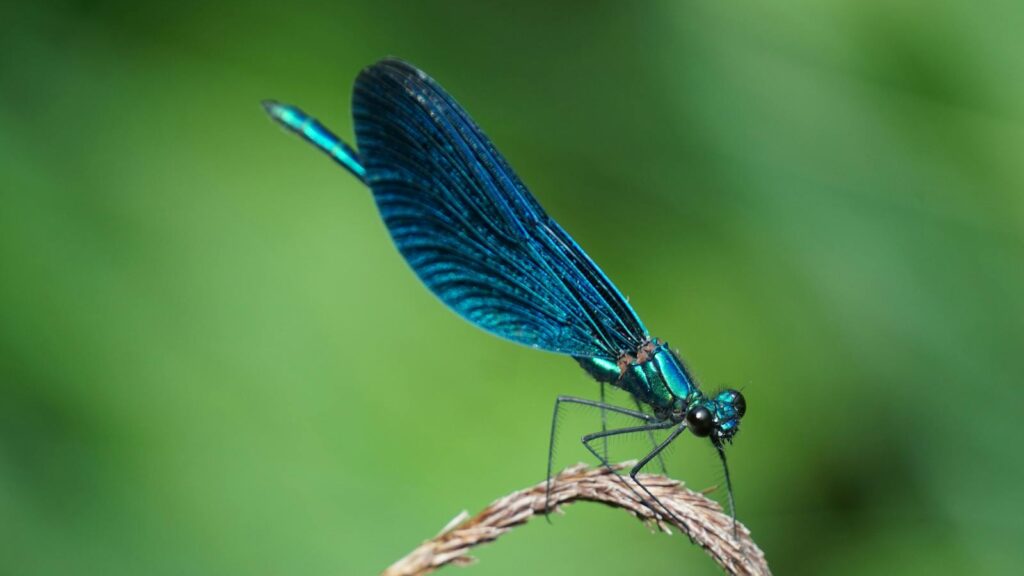In the vast world of insects, where millions of species flutter, crawl, and zoom around us, some have evolved remarkable abilities that push the boundaries of what seems physically possible. Among these extraordinary capabilities, flight speed stands out as one of the most impressive. While humans have created supersonic jets and high-performance vehicles, insects were the original aviation experts, having mastered flight over 300 million years ago. When it comes to sheer velocity, one particular insect leaves all others in its wake, demonstrating nature’s incredible engineering at microscopic scales. Let’s explore the fascinating world of the fastest flying insect ever recorded and the science behind its remarkable speed.
The Record Holder: The Southern Giant Darner4
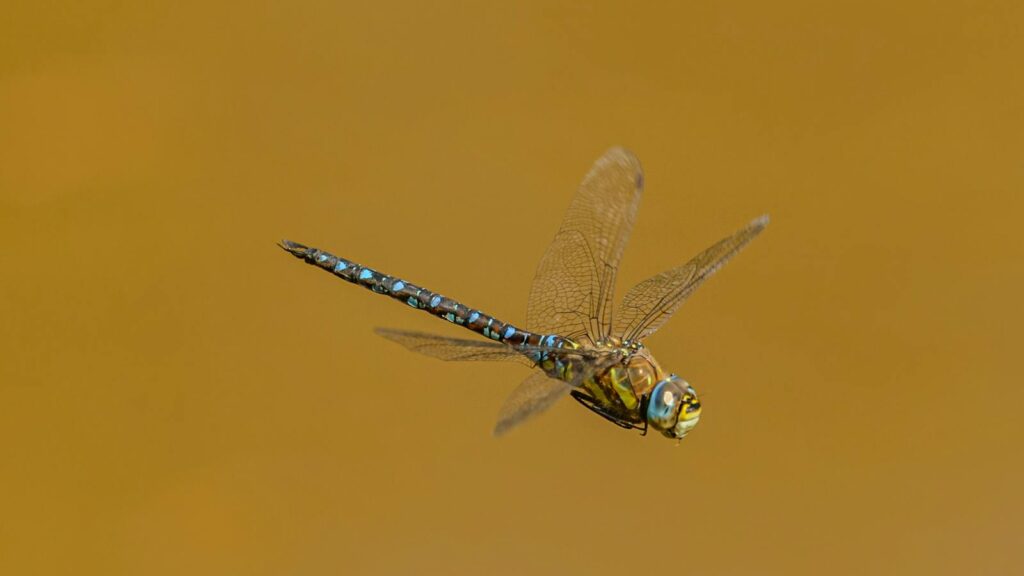
The undisputed champion of insect speed is the Southern Giant Darner (Austrophlebia costalis), a species of dragonfly native to Australia that has been clocked at an astonishing 35-36 miles per hour (56-58 km/h). This remarkable speed exceeds that of many birds and places this creature among the most impressive flyers in the entire animal kingdom. The Southern Giant Darner’s velocity has been confirmed through multiple scientific studies using high-speed photography and radar tracking techniques. What makes this achievement even more impressive is that this insect maintains this velocity while performing complex aerial maneuvers, including instantaneous changes in direction, hovering, and precision hunting dives.
Dragonflies: The Aerial Dominators
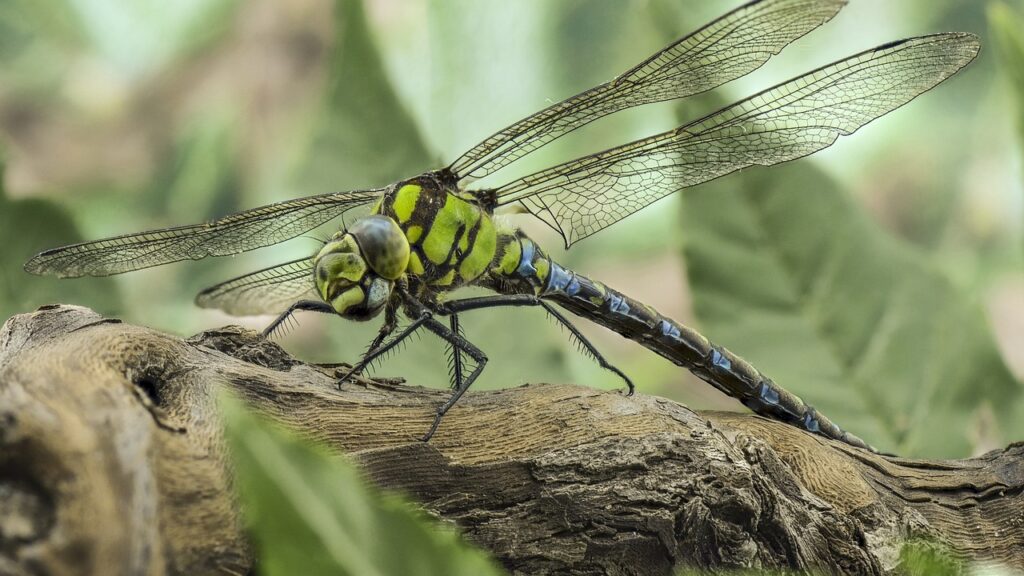
While the Southern Giant Darner holds the current speed record, dragonflies as a group dominate the list of fastest insect flyers. The common green darner (Anax junius) reaches speeds of approximately 30 mph (48 km/h), while the globe skimmer dragonfly (Pantala flavescens) isn’t far behind. Dragonflies have existed for over 300 million years, predating dinosaurs, and in that time have evolved into nearly perfect aerial predators. Their flight capabilities have remained largely unchanged for millions of years, suggesting they achieved an optimal design early in their evolutionary history. Scientists often refer to dragonflies as “living fossils” because their basic body plan has proven so successful that it has required minimal modification over geological timescales.
The Aerodynamic Marvels of Dragonfly Design
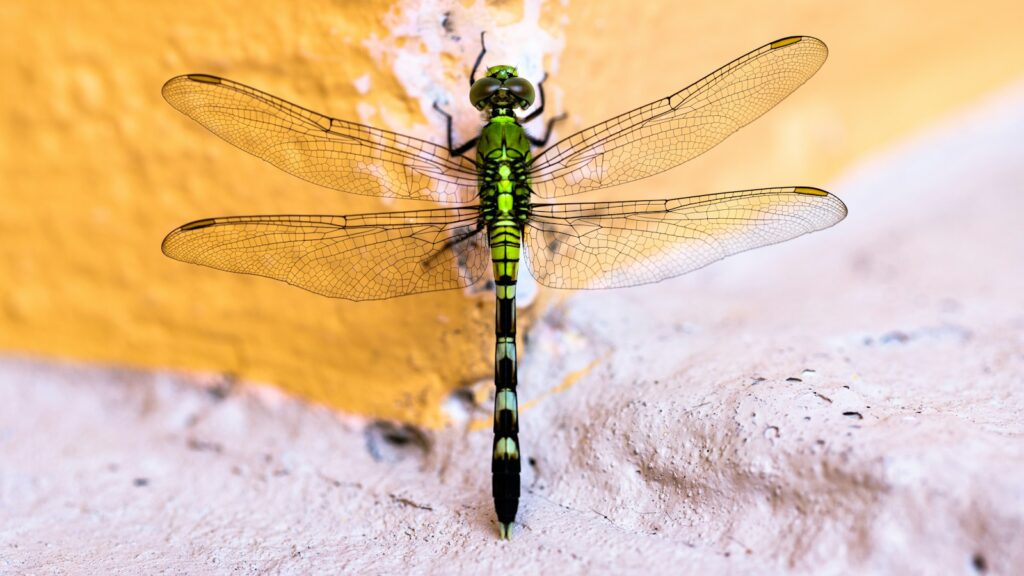
The secret to the dragonfly’s remarkable speed lies in its unique aerodynamic design. Unlike most flying insects that have a single pair of wings, dragonflies possess two pairs of wings that can operate independently of each other. This configuration allows for exceptional maneuverability and efficiency, as each wing can adjust its angle and beat frequency separately. The wings themselves are marvels of natural engineering, featuring corrugated surfaces that create vortices and improve lift while minimizing drag. Additionally, their wings contain a network of hollow veins that provide structural support while maintaining extremely light weight, allowing dragonflies to achieve an optimal power-to-weight ratio that supports their impressive velocity.
Muscle Power: The Engine Behind the Speed
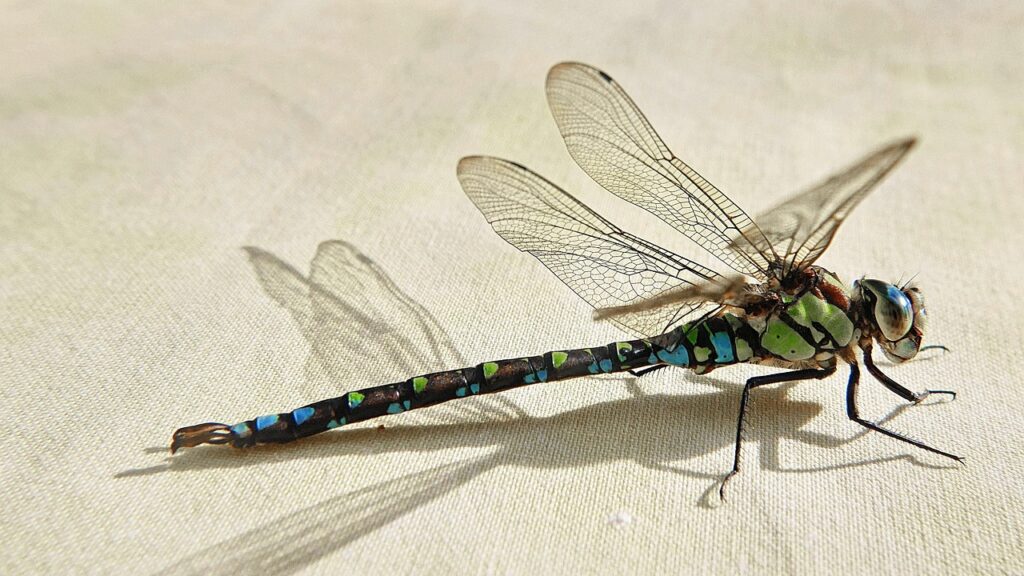
Powering the dragonfly’s incredible flight speed is a specialized muscle system that accounts for approximately 30% of its body mass. Unlike the flight muscles of many other insects, which contract indirectly through deformations in the exoskeleton, dragonflies possess direct flight muscles that attach directly to the base of each wing. This configuration provides precise control over wing movement and generates tremendous power relative to the insect’s size. The muscles operate at astonishingly high frequencies, with some species capable of wing-beat rates exceeding 30 beats per second. Perhaps most impressive is the dragonfly’s ability to maintain these high-energy outputs for extended periods, allowing them to cover significant distances at top speed.
Visual System: The Ultimate Targeting Computer
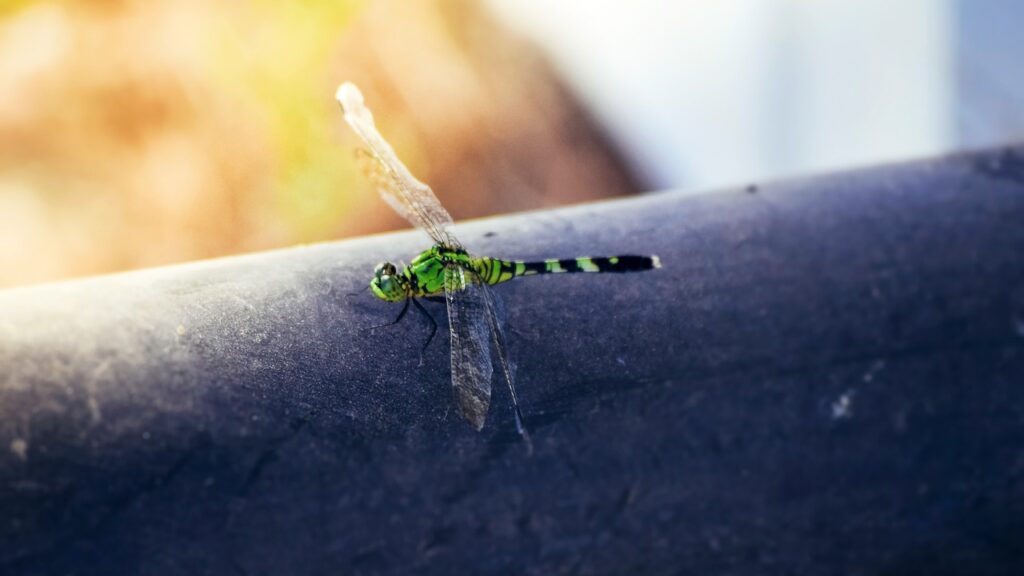
To navigate effectively at such high speeds, dragonflies possess one of the most sophisticated visual systems in the animal kingdom. Their compound eyes contain up to 30,000 individual facets, each functioning as a separate visual unit that collects light and contributes to the insect’s overall visual field. This arrangement provides near-360-degree vision and allows them to detect the slightest movements, even in low light conditions. The dragonfly’s brain processes visual information at remarkable speeds, with neurons dedicated to motion detection firing at rates that would make modern computers envious. This advanced visual system enables them to calculate interception trajectories for flying prey with precision while maintaining their record-breaking velocities.
Hunting at High Velocity: The Need for Speed
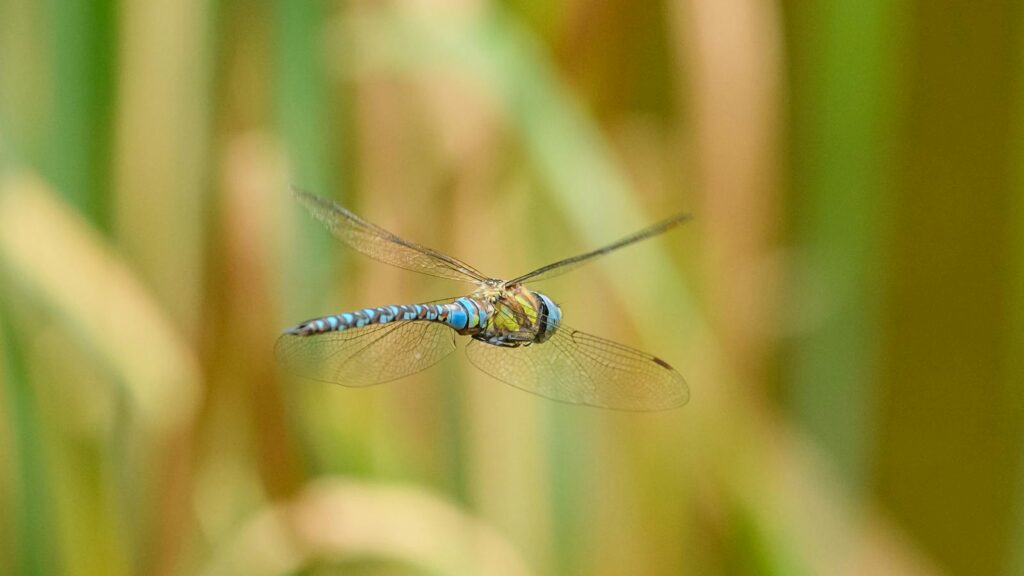
The exceptional flight speed of the Southern Giant Darner and other dragonflies isn’t merely a biological curiosity but a critical adaptation for their predatory lifestyle. These insects are aerial hunters that capture nearly 95% of their targeted prey, earning them one of the highest success rates among all predators. Their velocity allows them to overtake flying insects that would otherwise escape slower predators. When hunting, dragonflies calculate complex interception courses rather than simply chasing prey from behind, using their speed to position themselves in the optimal attack position. This hunting strategy requires not only raw speed but also the ability to make split-second adjustments in flight trajectory based on the prey’s movements.
Comparing Insect Speeds: The Flight Speed Hierarchy
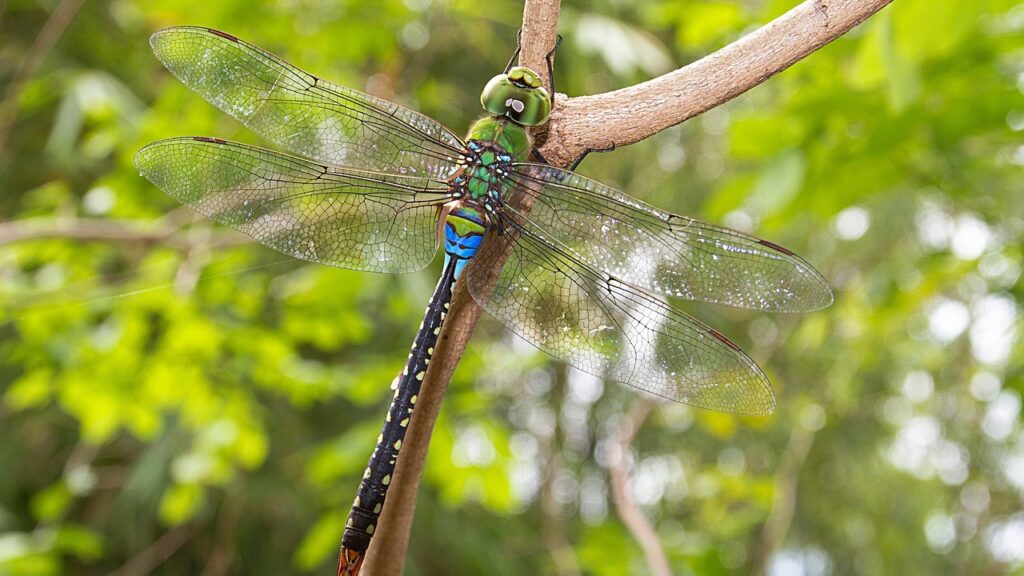
While the Southern Giant Darner holds the title for fastest insect, numerous other species demonstrate impressive velocities. The horsefly (Hybomitra hinei) reaches speeds of approximately 90 mph (145 km/h), though this is achieved only in short bursts rather than sustained flight. Common houseflies can reach speeds of about 5 mph (8 km/h), while the desert locust flies at approximately 10 mph (16 km/h) during regular migration but can reach up to 21 mph (33.8 km/h) with favorable wind conditions. Hawk moths, with their powerful flight muscles and streamlined bodies, can achieve speeds of around 25 mph (40 km/h). This hierarchy of flight speeds reflects different evolutionary pressures and ecological niches among flying insects.
Measuring Insect Flight: Scientific Challenges
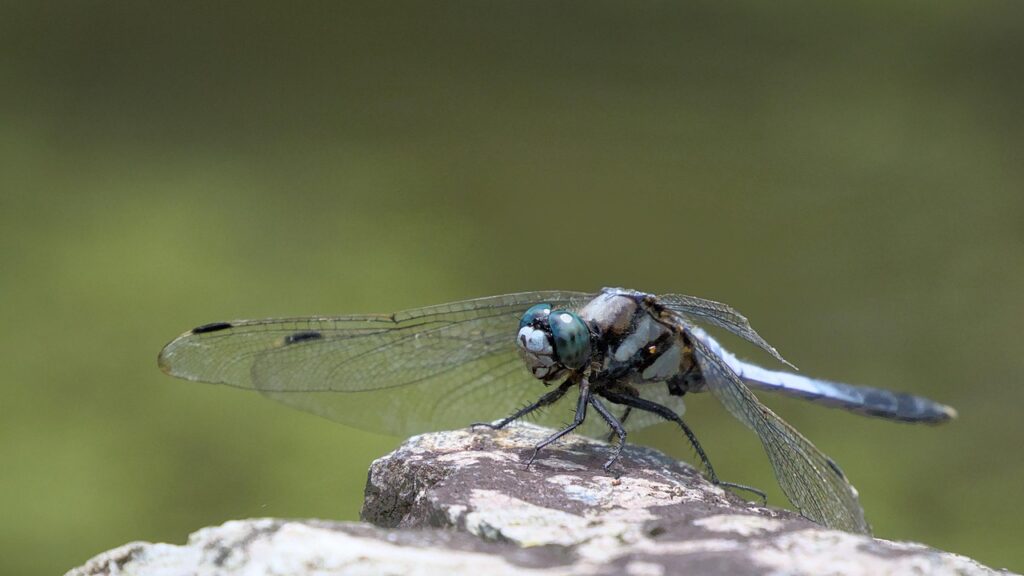
Accurately measuring the flight speed of insects presents significant scientific challenges that have only recently been overcome with advanced technology. Traditional methods included timing insects as they flew between fixed points, but these approaches often yielded inconsistent results due to the difficulty of tracking such small, fast-moving subjects. Modern research employs high-speed cameras capable of capturing thousands of frames per second, along with sophisticated motion tracking software that can follow the insect’s trajectory with precision. Some studies utilize wind tunnels with adjustable airflow speeds to determine maximum flight capabilities under controlled conditions. Radar tracking and harmonic radar tags have also contributed to our understanding of insect flight speeds in natural settings.
The Physics of Fast Flight: Breaking the Speed Barrier
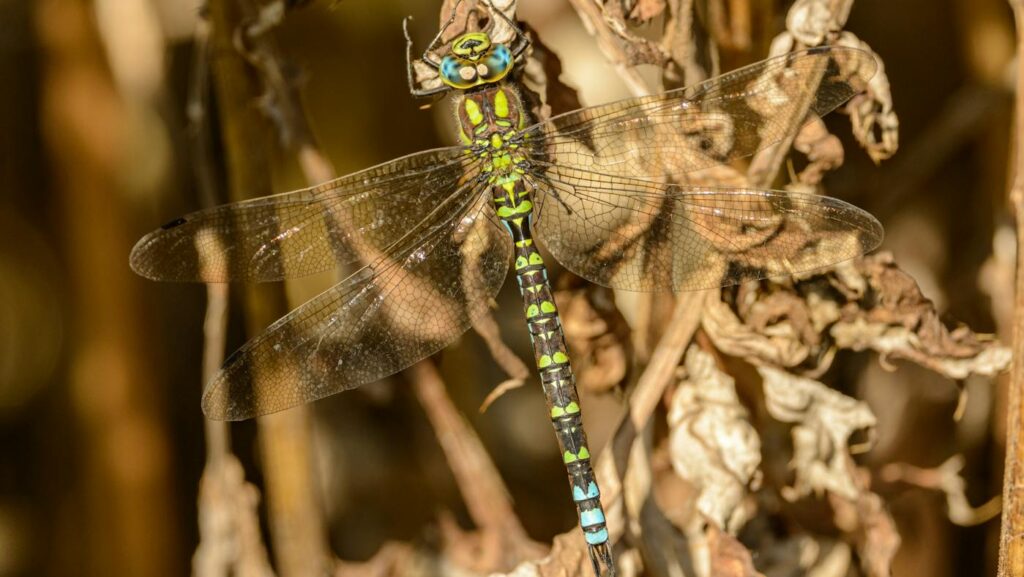
The physical constraints on insect flight speed involve complex interactions between body size, wing design, atmospheric conditions, and energy expenditure. Smaller insects face proportionally greater air resistance relative to their mass, which typically limits their maximum velocity. The Southern Giant Darner and other fast-flying dragonflies overcome these limitations through their aerodynamically efficient wing design and powerful flight muscles. Air density also plays a significant role, with insects achieving higher speeds in less dense air due to reduced drag. The theoretical maximum speed for insect flight continues to be debated among entomologists, with some suggesting that the current records may be approaching the physical limits imposed by insect physiology and aerodynamics.
Climate Impact on Flight Performance
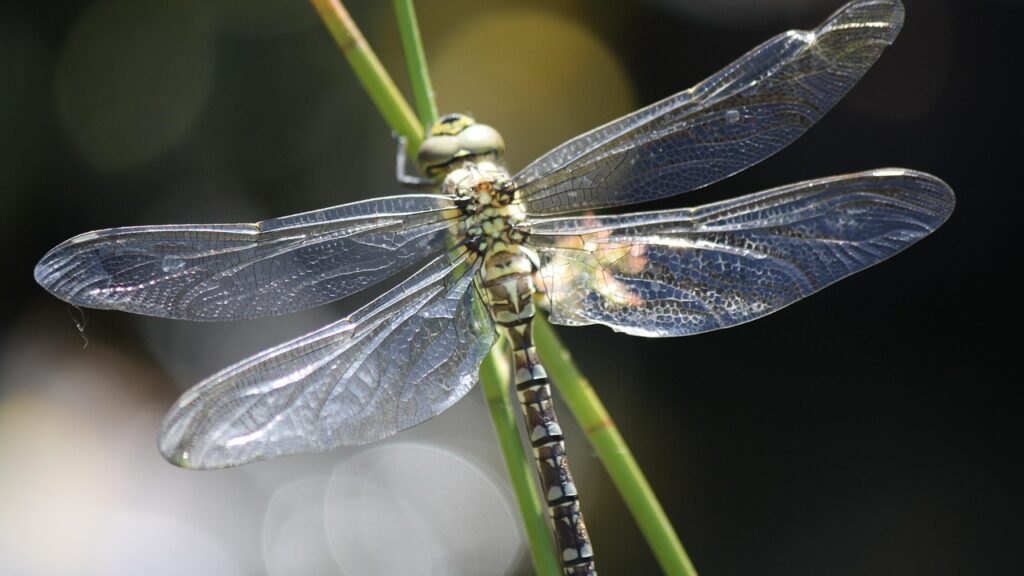
Environmental factors significantly impact the flight speed capabilities of the Southern Giant Darner and other fast-flying insects. Temperature is perhaps the most crucial variable, as these insects are ectothermic and rely on ambient heat to power their metabolic processes. Dragonflies typically achieve their maximum flight speeds on warm, sunny days when their flight muscles operate at optimal temperature ranges between 86°F and 95°F (30°C to 35°C). Wind conditions also substantially affect measured speeds, with insects often leveraging tailwinds during migration to achieve velocities that would be impossible through muscle power alone. Humidity levels affect air density and can influence flight efficiency, with most dragonflies performing optimally in moderately humid conditions.
Conservation Concerns for High-Speed Flyers
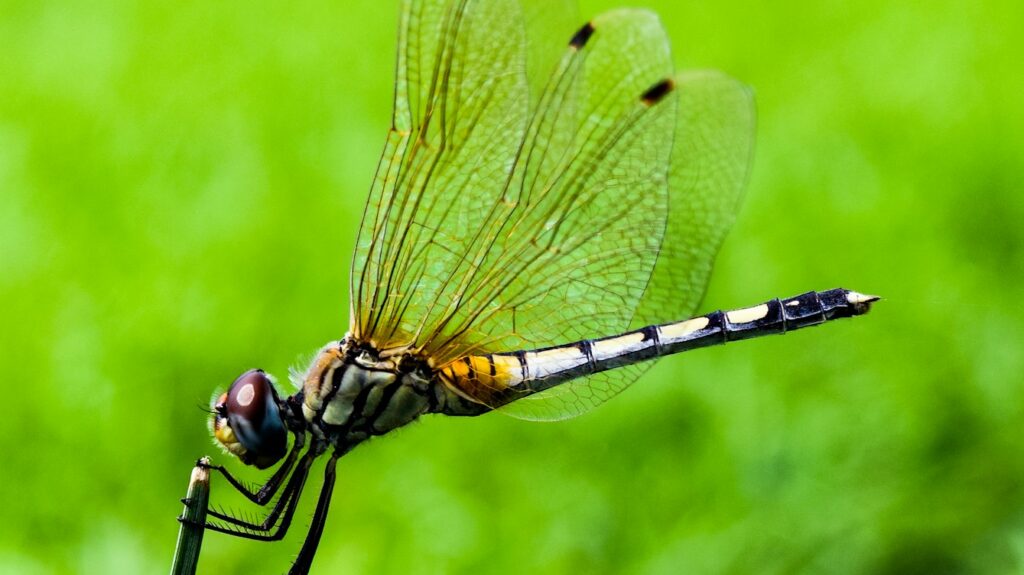
Despite their remarkable flight capabilities, many of the world’s fastest flying insects face significant conservation challenges. The Southern Giant Darner and other dragonfly species are experiencing population declines due to habitat loss, particularly the destruction of freshwater ecosystems where they breed and develop as aquatic nymphs. Water pollution poses another serious threat, as dragonfly larvae are sensitive to contaminants and require clean water to develop properly. Climate change is altering the distribution of many dragonfly species, forcing them to adapt to new temperature patterns or shift their ranges. Conservation efforts targeting these impressive aerial predators focus on wetland preservation, water quality improvement, and creating protected corridors that connect suitable habitats.
Biomimetic Applications: Learning from Nature’s Design
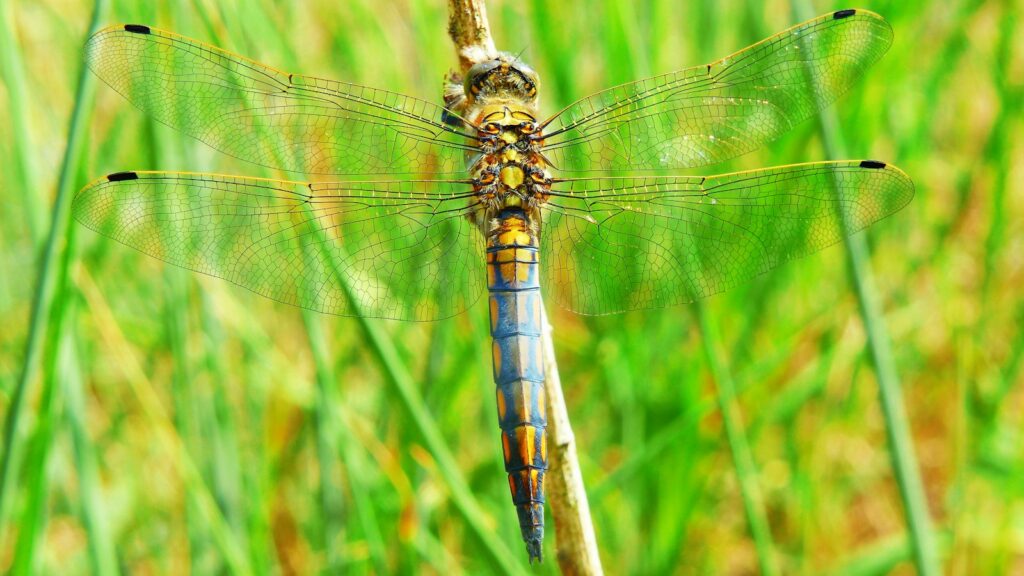
The extraordinary flight capabilities of the Southern Giant Darner have inspired numerous innovations in fields ranging from aeronautics to robotics. Engineers studying dragonfly wing structure have developed more efficient propeller and turbine designs that mimic the corrugated surface patterns found in these insects. Micro air vehicles (MAVs) intended for use in search and rescue operations often incorporate aspects of dragonfly flight mechanics, particularly their ability to hover and make rapid directional changes. The neural processing systems that allow dragonflies to calculate interception courses have influenced advancements in guidance systems for missiles and autonomous vehicles. By studying these natural speed champions, researchers continue to discover principles that can be applied to human technology, demonstrating the value of biomimicry in engineering and design.
Future Research Directions
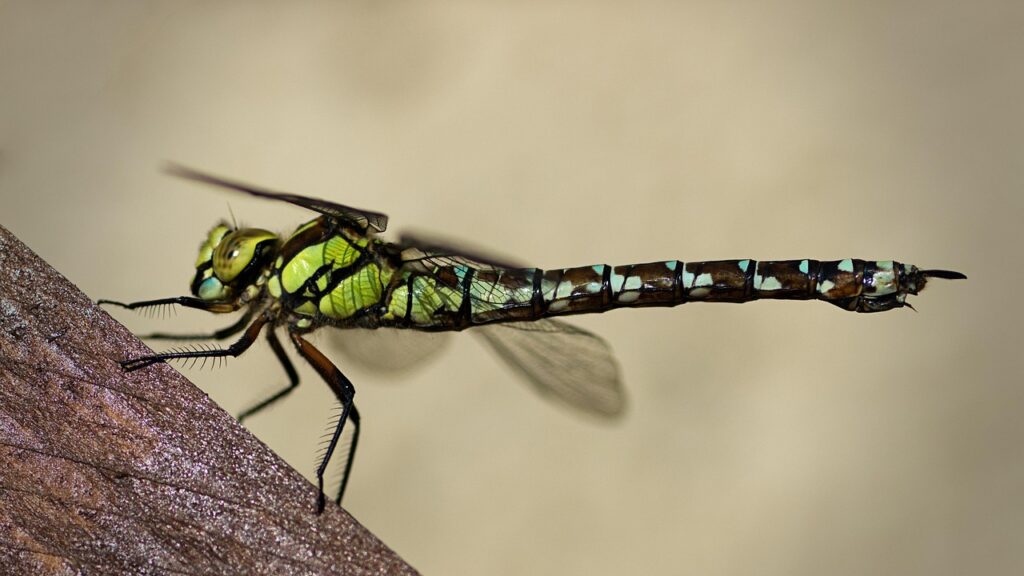
As technology advances, scientists anticipate making new discoveries about insect flight speeds and possibly identifying even faster species. Emerging research tools such as micro-CT scanning allow researchers to create detailed three-dimensional models of insect flight muscles and wing attachment points, providing insights into the mechanical aspects of high-speed flight. Genetic studies are beginning to identify the specific genes responsible for the development of advanced flight adaptations, potentially allowing for comparative analyses across different insect lineages. Some researchers are investigating how insect flight performance might change under future climate scenarios, particularly as global temperatures rise. These ongoing studies promise to deepen our understanding of the remarkable aerial capabilities that have evolved in the insect world over hundreds of millions of years.

